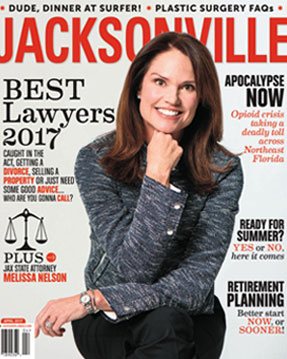Did you ever have a friend who obviously needed to stop using substances but just couldn’t seem to do so? Frustrating wasn’t it? What makes it so frustrating is that everyone around this individual can see that change is needed and yet the person involved in the use of the substances cannot see the need for change. While most of us would like to see immediate change in our friend’s behavior, changes usually take time. Often a friend might be completely resistant to change and may be classified as “in denial,” “need to be punished,” “aren’t ready yet” or possibly “morally bankrupt.” The reality may be that change in their life isn’t happening because they are stuck in Chronic Contemplation.

Dr. Carlo DeClemente, author of “Addiction and Change,” writes about the Stages of Change, a process of change a person goes through on their journey to recovery from substance use. He notes that one of the Stages of Change called Contemplation is perhaps the most critical step in the journey. Individuals can get stuck in Contemplation (Chronic Contemplation). They are not incapable of change, they are stuck. Where they stuck? They are stuck in Ambivalence.
Ambivalence – what is it?
A good way to describe ambivalence is to think about the last time you and your spouse or good friend were in the car going to Dinner and you said, “Which restaurant do you want to go to?” When this happens to my wife and me, we often wind up going to the I Don’t Care Diner!
Ambivalence is like being stuck in the middle; a hesitancy; uncertainty; indecision; vacillation and doubt. Dr. William Miller, author of “Rethinking Substance Abuse,” talks about ambivalence in terms of having mixed feelings; being of two minds; and to be on the verge of something-just not yet able to get there.
Ambivalence is often paired with procrastination. The inertia created by ambivalence is often viewed as procrastination by those loved ones and helpers involved with the substance abusing individual.
Helping individuals overcome their ambivalence and procrastination when they are faced with a decision they perceive as difficult to implement is critical when helping them move from Contemplation to Preparation/Action Stage of Change. When the decision facing the individual is to not use, it is easy for them to get stuck!
What Causes the ambivalence?
Considering that ambivalence is the resting state from which major change begins, it is critical to examine what causes it. Ambivalence is created when one has fear of losing something they know creates pleasure and enjoyment. Drug use is reinforcing and on many levels, brings enjoyment.
Short-term memory systems in the hippocampus and dorsal prefrontal cortex consistently reinforce the sense that the drugs are needed for “fun.” The “fun” incentives to continue to use in the face of potential consequences involves a combination of primary reinforcing properties of the drug and secondary reinforcement from the social environment. These combine to reinforce ambivalence.
Ambivalence is also created in early abstinence by physiological cravings created by neurodaptation issues. Dr. Carlton Erickson, author of “The Science of Addiction,” writes that strong cravings occur in early abstinence because brain neurochemical mechanisms that have adapted to alcohol/drug presence are left in an altered imbalanced state when a person begins the process of remaining abstinent. These physiological cravings encourage an individual to move in the direction of returning to use due to a created subjective sense of discomfort that encourages the use of chemicals to “feel normal” again.
Moving from Ambivalence to Action
Dealing with the above described ambivalence is often the most critical task for increasing the motivation to change. Enhancing motivation to move towards the Action Stage of Change increases the probability that a behavioral change will occur.
Older strategies used to increase motivation included enlightenment (education or persuasion to enlighten the true nature and dangers of use and associated hurtfulness to family); confrontation (education and persuasion with “loud volume” to evoke fear and shame); or punishment (incarceration) to show the person “how bad they are.”
Newer strategies to increase motivation involve motivational interviewing and enhancement. These techniques reduce resistance to change. Dr. Miller in “Addiction and Change” writes that a critical component of newer strategies is the use of a decisional balance scale to help an individual explore the pros and cons of behavior and change. Allowing an individual the opportunity to freely explore the good things they received from using and what they perceived the use was accomplishing for them allows the individual to be able to compare this self-reporting data with the known negatives of their behavior and the potential positives of change.
Self-report measures assist in exploring whether reasons supporting change outweigh reasons for resisting change. Shifting procrastination and ambivalence through the exploration of values clarification can mean differences in success for moving a person from being a Chronic Contemplator into a person of Action.
Acknowledging and moving beyond ambivalence is the key to beginning a journey to Discovery.

























